Spice Up Your Life: 10 Kitchen Seasoning Hacks That Will Make You a Flavor Alchemist
Welcome, flavor explorers! Whether you're a seasoned chef or someone who just recently discovered the magic of cumin, this article is your golden ticket to mastering kitchen seasoning like a pro. Let’s dive into the aromatic world of spices and learn how to transform your dishes from “meh” to masterpiece with these game-changing tips!
Table of Contents
- Why Spices Matter in the Kitchen
- Essential Kitchen Seasonings Every Home Cook Should Own
- How to Store Spices Like a Pro (No More Dusty Shelves)
- Mixing Flavors: The Art of Balancing Taste
- Homemade Spice Blends That’ll Knock Your Socks Off
- How to Spice Up Vegetables Without Making Them Sad
- Meat Marination: Unlocking Deep, Delicious Flavors
- Roasting vs. Grinding: Which One Wins the Flavor War?
- How to Avoid Overseasoning (Because No One Likes Salty Soup)
- Spice Compatibility Chart: Know What Goes With What
- Conclusion: Become a Kitchen Hero With Just a Pinch
Why Spices Matter in the Kitchen
Let’s get real—without spices, food would be about as exciting as watching paint dry. But it’s not just about flavor; spices bring color, aroma, cultural history, and even health benefits to your plate.
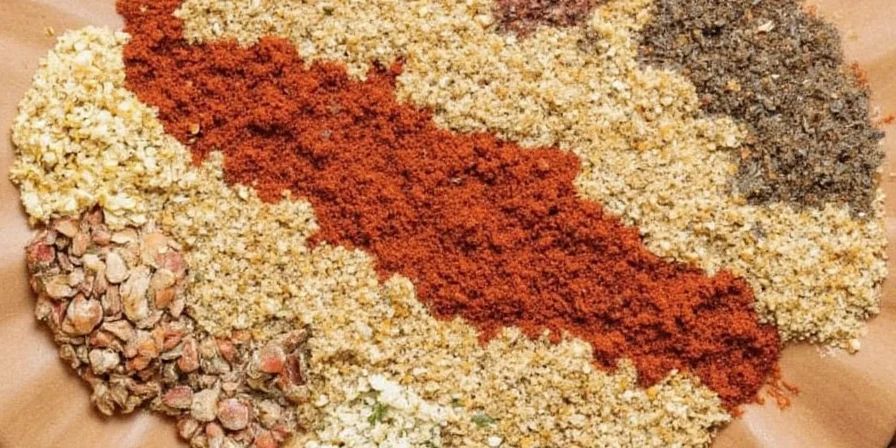
From ancient trade routes to modern-day kitchens, spices have been the unsung heroes of cuisine. So next time you reach for that cinnamon stick, remember—you’re holding centuries of culinary wisdom in your hand.
Essential Kitchen Seasonings Every Home Cook Should Own
You don’t need 50 different spices to make great food—but having a solid base? That’s non-negotiable. Here’s your starter kit:
- Salt (of course)
- Black pepper
- Paprika (smoked or sweet)
- Cumin
- Garlic powder
- Oregano
- Chili powder or crushed red pepper flakes
- Curry powder
- Dried basil
- Cinnamon
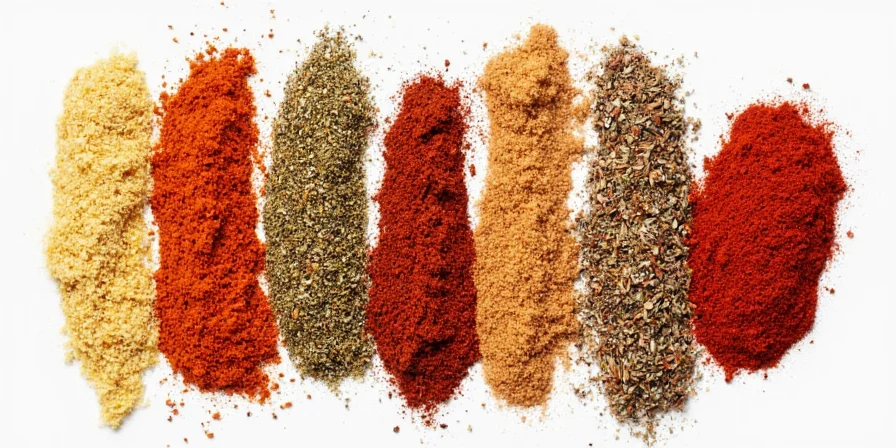
How to Store Spices Like a Pro (No More Dusty Shelves)
Did you know that spices can go bad? Not in the “make-you-sick” way, but more like the “your dish tastes like cardboard” kind of way. Keep them fresh by following these storage hacks:
- Store away from heat and sunlight.
- Use airtight containers (glass jars are best).
- Avoid shaking them directly over hot pans—steam kills flavor.
- Label everything clearly.
- Write the date when you opened each bottle.

Mixing Flavors: The Art of Balancing Taste
Ever tasted something and thought, “It’s missing something…”? You’re not crazy—it’s probably missing balance. Great seasoning isn’t just throwing salt in there and hoping for the best. It’s about balancing the five basic tastes:
| Taste | Example Ingredient | Role in Flavor Balance |
|---|---|---|
| Sweet | Cinnamon, brown sugar | Softens heat and bitterness |
| Salty | Salt, soy sauce | Enhances other flavors |
| Sour | Lime juice, vinegar | Brings brightness |
| Bitter | Cumin, dark greens | Adds complexity |
| Umami | Mushrooms, miso, anchovies | Adds depth |
Homemade Spice Blends That’ll Knock Your Socks Off
Pre-made spice blends are convenient, but making your own? Total flex move. Plus, you control the quality and avoid preservatives. Try these simple DIY blends:
- Taco Night Magic: Cumin + chili powder + garlic powder + smoked paprika + oregano + salt
- Italian Love Bomb: Basil + oregano + thyme + garlic powder + onion powder + red pepper flakes
- Curry Powerhouse: Coriander + turmeric + cumin + fenugreek + ginger + cardamom + black pepper
- BBQ Blend: Smoked paprika + brown sugar + garlic powder + onion powder + mustard powder + chili powder
- Herbes de Provence: Rosemary + thyme + savory + lavender + marjoram
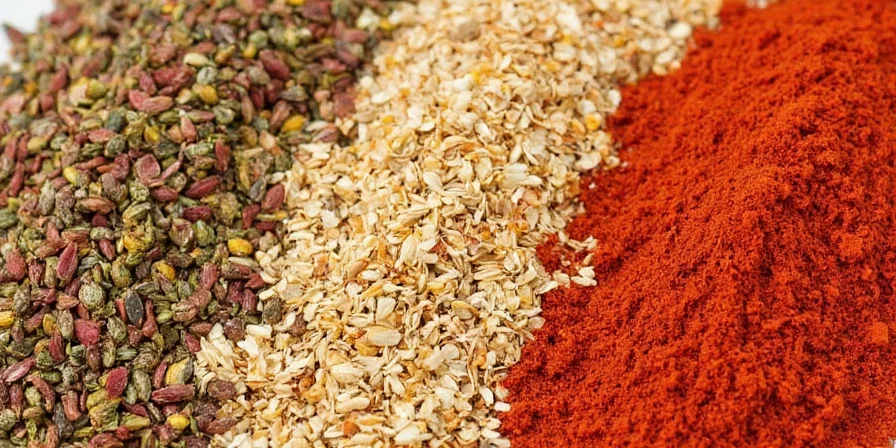
How to Spice Up Vegetables Without Making Them Sad
Veggies don’t have to be bland! Whether you roast, grill, or sauté them, spices can elevate their natural flavors. Try these combos:
- Brussels sprouts → smoked paprika + garlic + balsamic glaze
- Carrots → cumin + coriander + honey
- Zucchini → lemon zest + oregano + chili flakes
- Sweet potatoes → cinnamon + nutmeg + clove
- Eggplant → curry powder + garam masala + sesame oil
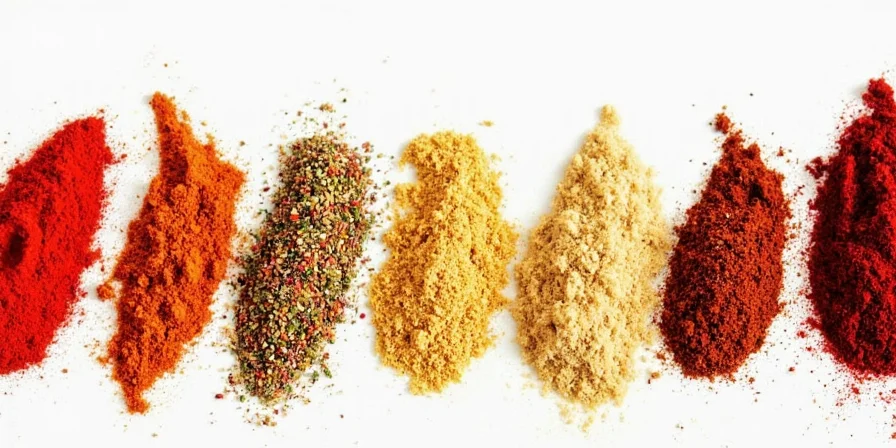
Meat Marination: Unlocking Deep, Delicious Flavors
Marinating meat isn’t just about keeping it moist—it’s about letting those spices really get cozy with your protein. Here's how to do it right:
- Acidic ingredients like yogurt, citrus, or vinegar help tenderize and carry flavor.
- Fatty meats love bold spices (think cumin and chili powder).
- Lean cuts benefit from herbs like rosemary, thyme, or dill.
- Time matters—marinate for at least 30 minutes, up to 24 hours.
- Don’t reuse marinade unless it’s boiled first.
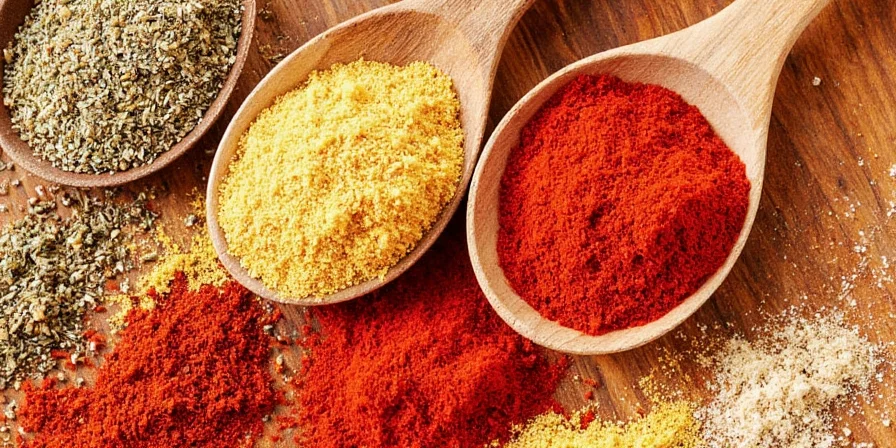
Roasting vs. Grinding: Which One Wins the Flavor War?
This isn’t just about texture—it’s about unlocking flavor. Whole spices release more oils and aromas when ground fresh, but roasting brings out deeper, smoky notes.
When to Roast:
- For rich, earthy flavors (like in Indian curries)
- Before grinding into a powder
- To enhance sweetness in seeds (like fennel or cumin)
When to Use Ground:
- Quick meals where you want immediate flavor infusion
- When baking or mixing into sauces
- If you're short on time (no judgment here)
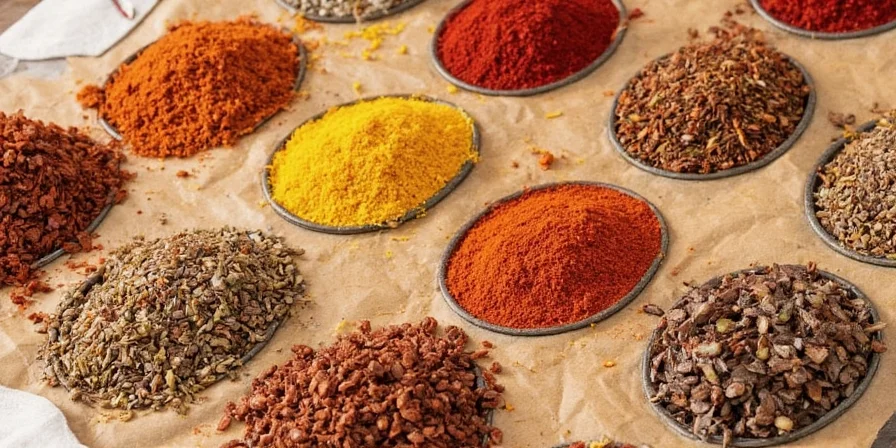
How to Avoid Overseasoning (Because No One Likes Salty Soup)
We’ve all been there: one too many pinches of salt, and suddenly dinner tastes like the Dead Sea. Avoid disaster with these tips:
- Season in layers—add spices during cooking AND at the end.
- Start small. You can always add more.
- Taste as you go. Seriously, taste. A lot.
- Know your salt. Table salt vs. kosher vs. flaky—each has different strengths.
- If you go overboard: Add acid (vinegar or lemon), dilute the dish, or soak starchy items like rice or bread to absorb extra salt.
Spice Compatibility Chart: Know What Goes With What
Not all spices play nice together. Use this quick guide to avoid flavor clashes:
| Base Ingredient | Works Well With | Watch Out For |
|---|---|---|
| Tomatoes | Basil, oregano, thyme, paprika | Too much cinnamon or nutmeg |
| Chicken | Cumin, paprika, thyme, rosemary, chili | Overpowering herbs like sage |
| Beef | Black pepper, smoked paprika, garlic, cumin | Too many sweet spices |
| Seafood | Dill, parsley, lemon zest, mild curry | Heavy cumin or chili |
| Rice | Cumin, turmeric, cinnamon, bay leaf | Too much salt upfront |
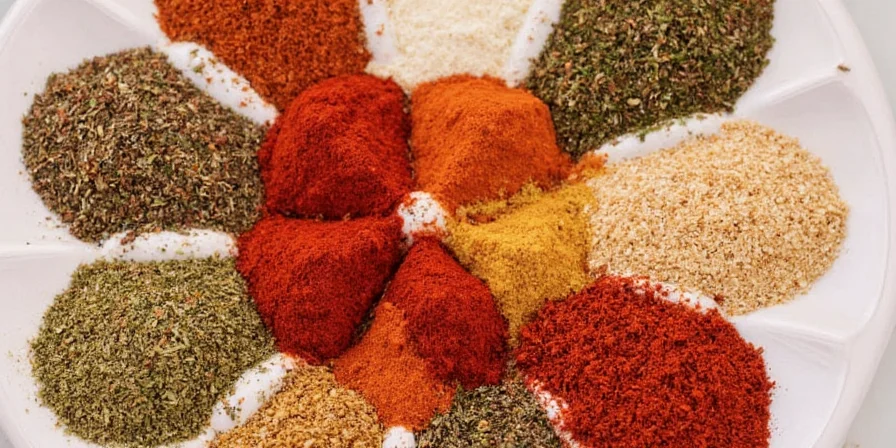
Conclusion: Become a Kitchen Hero With Just a Pinch
Kitchen seasoning doesn’t have to be intimidating. With a few tricks up your sleeve and a willingness to experiment, you can turn everyday meals into flavor adventures. Remember, the best spice is the one that makes your taste buds sing—and maybe your friends and family beg for seconds.
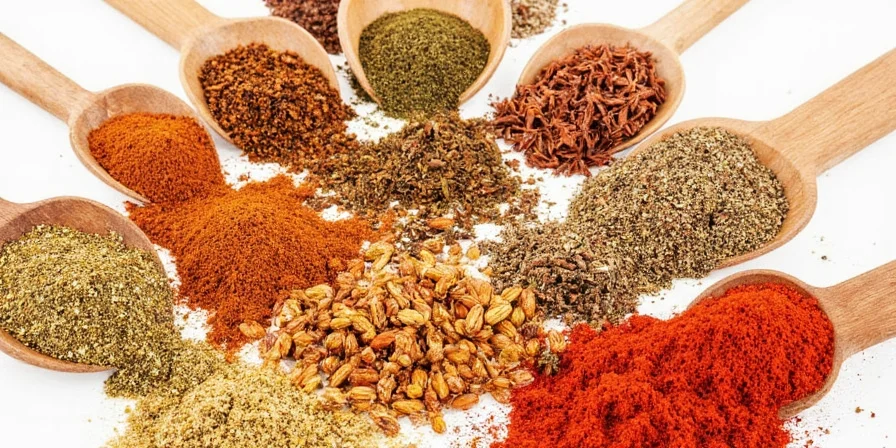
So go ahead, embrace the grind (literally), and let your inner alchemist shine. Because once you start playing with spices, there’s no turning back.

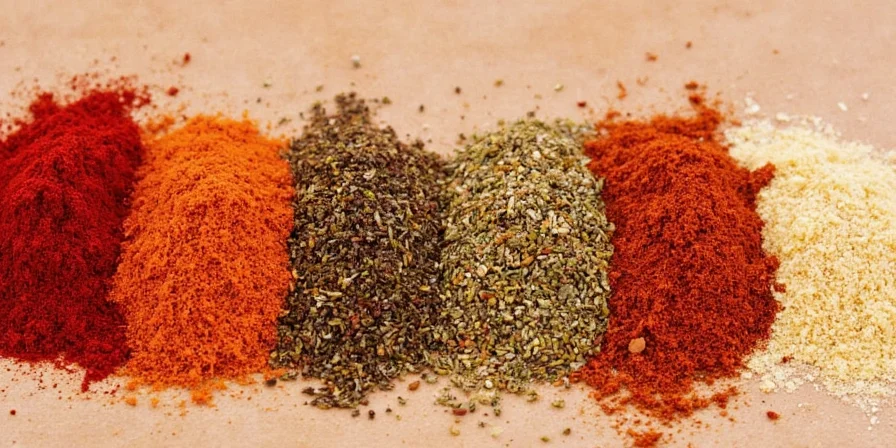









 浙公网安备
33010002000092号
浙公网安备
33010002000092号 浙B2-20120091-4
浙B2-20120091-4